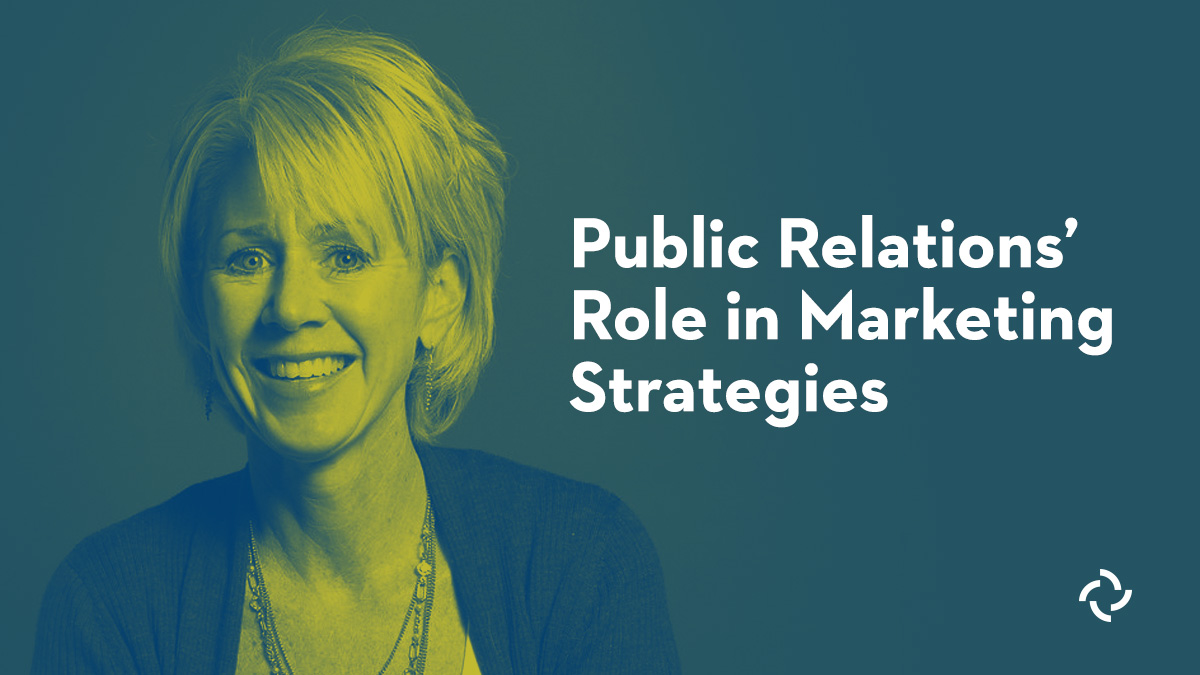Public Relation’s Role in Marketing Strategies

As the digital landscape and marketing continues to diversify, people are taking a second look at Public Relations’ (PR) role within their marketing portfolio. Just as the definition of traditional marketing has radically changed with the rise of digital marketing platforms, our understanding of PR’s capabilities and requirements needs to be updated. To give more clarity on how PR works today, Digital Marketing Manager Joy Beachy grabbed Communications Director Hope Graby to get her take on the current PR landscape and what it means for your business.
How would you define Public Relations these days?
The term ‘public relations’ has evolved over the years. It used to be primarily outreach to the media to gain attention from people you didn’t know how to reach otherwise or to get bigger exposure. With digital, the term has changed a little bit. Any type of outreach to the community through another channel is also considered PR. Bloggers or social media could be considered a form of PR. PR can also mean doing goodwill through a partnership as a way to get cross-promotion with the company receiving that goodwill.
Can PR exist as a standalone strategy?
It depends on your goal. Because PR on its own has a short lifespan, you really want to make sure your PR fits in with the rest of your marketing strategies rather than putting all of your hopes in just doing PR. PR can sometimes be like a billboard, where you give people a dose of your brand, but it’s difficult to directly tie the viewing of that information to a sale. The same could be said for PR. Even within a defined target audience, we know people get and absorb information in different ways. In some cases, PR may be listed as an assist in getting to the sale. In other cases, PR could be the last touch point and credited with making the sale.
What is something everyone needs to know about running PR strategies?
The biggest thing I want people to know is that PR is sales. Just like a sales process, you identify your target customer (media or writer), you plan your outreach strategy or pitch, followed by a heavy dose of nurturing before that lead becomes a sale. I said in one of my earlier blogs, ‘PR is the sexy sister of sales.’ On the surface it appears glamorous, but when you get down to it, we’re selling our client’s story to an editor and hoping that they see enough value to want to buy it.
So how do you give clients an edge with their PR?
Often when companies do it on their own, they’re going to send it directly to the news desk. You know, news at whatever media dot com, and hope they get an answer. You have to remember that an editor or the assignment desk is getting hundreds if not thousands of emails, and they really don’t have time to read all of them. So, knowing what the subject line is, knowing who you are pitching, and knowing how to capture their attention is really important. We do a lot of research and qualifying. It’s rare that I would just blindly email someone and hope they open my email.
Additionally, when an editor or writer opens the email, they should know that you understand what their interest is and why you’re pitching them to begin with. For example, if I’m pitching someone and it’s a story that I know they’ve written on in the past, I want to make sure my pitch is advancing the last story that they did.
What would a sustained PR program look like?
It is an opportunity to look at your business over time and identify where you could get more PR value. It might be a mix of events, new products or services and maybe thought leadership. I would start by evaluating what your company has to offer the industry and the customers you’re trying to reach. Then determine how many potential stories you can find throughout the course of time and determine how many potential media outlets, writers, and bloggers care about what you’re selling.
If a company is looking for a PR firm to partner with, what should they look for?
They should ask a PR firm what their process is for vetting and developing and pitching stories. They should ask for examples of the types of PR that would be representative of what they might get. They should certainly look at the longevity of the person or agency doing the PR.
Someone at the firm should ask you what your goal is, because if your goal is to sell tickets versus the goal to be recognized for the event, the strategy of how you approach PR is different.
Hope Graby has more than 15 years of experience in the broadcast news industry and an additional 14 years leading Public Relations services and communications for Scheffey. Her greatest strength is in storytelling, where she is able to instinctively ask the right questions to develop compelling messages. To get in contact with Hope and others at Scheffey, visit our contact page.
READ NEXT: So You Didn’t Get Into The News. Now What?
VIEW SERVICES: Public Relations & Media Relations
